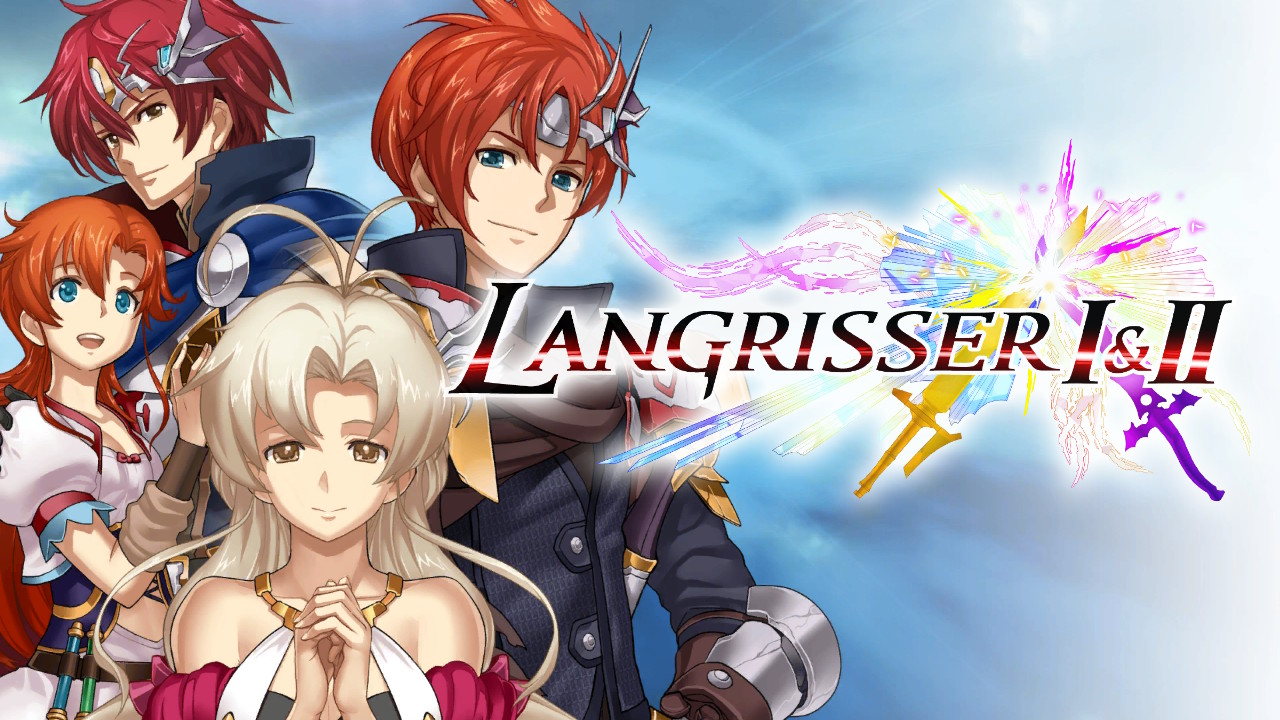Langrisser I and II
Nintendo Switch
Developed By: Masaya Games, Extreme Co
Published By: NIS America
Category: Role-Playing, Strategy
Release Date: 03.10.20
Way back in the 16-bit era, young John didn’t partake much in the console strategy gaming scene. Strategy games were strictly PC territory thanks to all time classics like Warcraft (pre-World of) and Civilization. I wish I had been more into the genre back then, because I may have gotten to use my Genesis to enjoy the Shining Force series as well as Warsong, the North American title given to the first game in the Langrisser series. Why didn’t they keep the original name? Doesn’t matter. Luckily for me, series developer Masaya Games – with a little help from NIS America – have rereleased the first two games in the Langrisser series. Langrisser I and II for the Nintendo Switch is a near complete remake of those first two games – everything but the basic gameplay has been completely overhauled and updated to fit in with modern console releases.
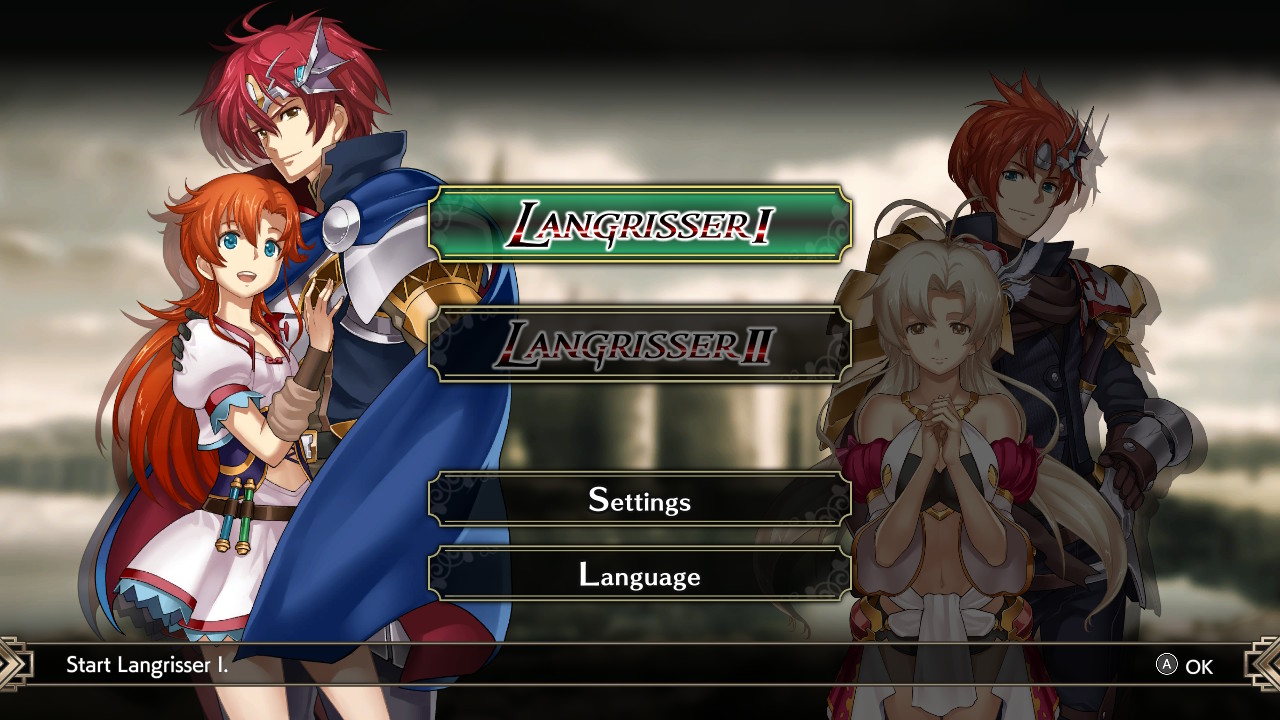
Langrisser I tells the story of Ledin, prince of the kingdom of Baldea. As the game opens, Ledin is driven from his kingdom’s capitol by the Dalsis Empire. To add insult to injury, while occupying the castle Dalsis makes off with the holy sword Langrisser. Ledin and his growing group of companions set off on a campaign to reclaim first Baldea, then the sword, and finally to defeat Dalsis. Set centuries after the first game, Langrisser II is the tale of Elwin, a wandering swordsman who gets caught up in a fight against the Rayguard Empire during a chance encounter in the village of Salrath. And would you believe he does so for the sake of a beautiful girl the Empire tries to kidnap? I thought you would.
So, really, the stories for both games aren’t all that original at first glance. What they lack in originality, they make up for with great characters and a surprisingly deep system of branching storylines. Langrisser I has 20 missions that branch into routes marked A through H. Langrisser II has 21 missions, branching into routes marked A through M. That’s a lot of branches! Luckily you can use the Story Board to replay old missions, but you lose story progress if you go back more than one mission. It’s an awesome way to experience the games’ branching storylines without having to replay every mission every time you explore a new branch.
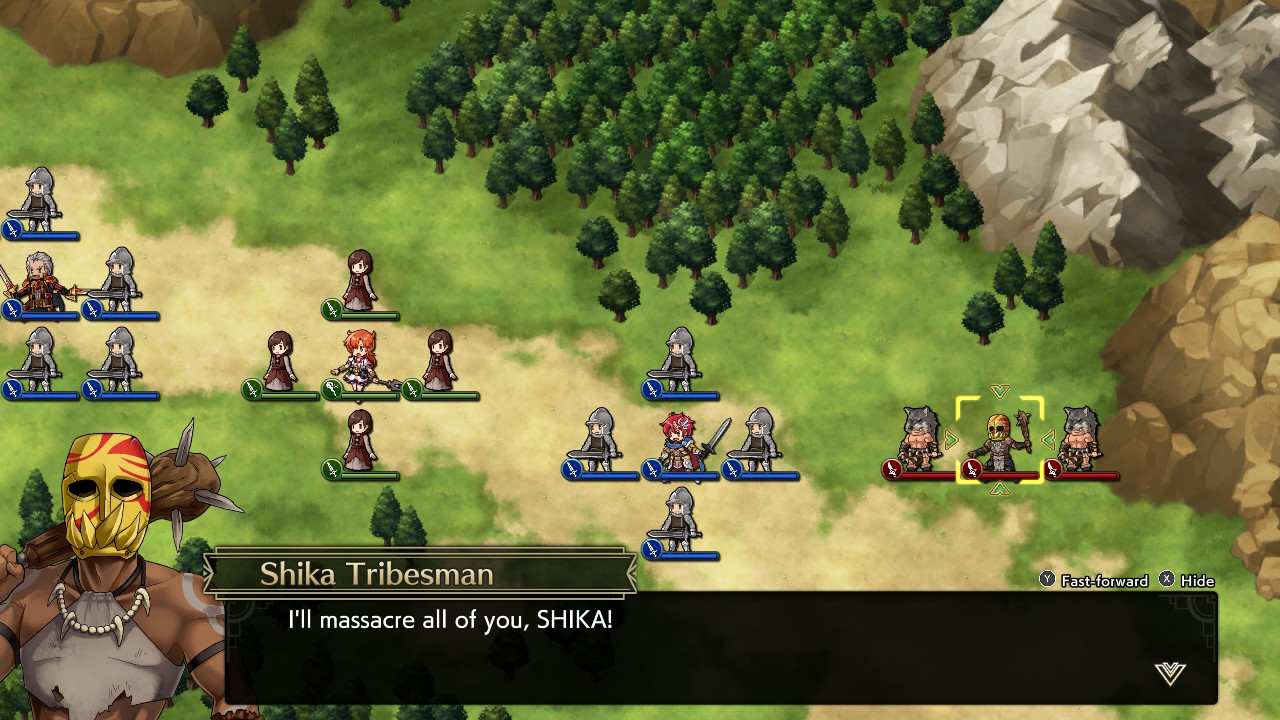
The overwhelming majority of both of the games plays out on the battlefield. There are some intermission sections that allow you to buy and equip new weapons as well as view your characters’ stats and skills, but 90% of the game is in the battlefield. The basic gameplay concept is the same as pretty much every grid-based strategy game. Every battlefield is a large map with square grids, and you move your units around the map trying to position them to take advantage of your enemies’ formations. The game’s major characters are your generals, and they are generally your most powerful units. They can use basic attacks like your regular troops, but they can also cast magic which can heal your units, attack your enemies, or buff your troops.
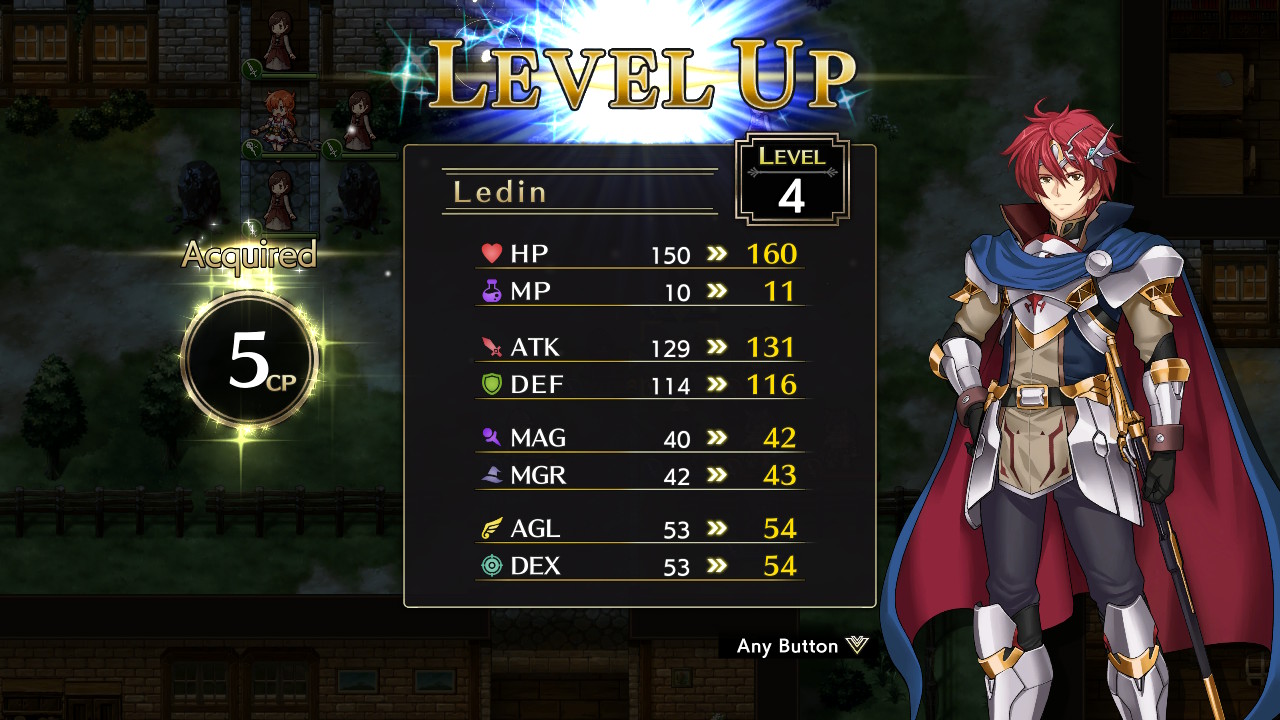
As with most RPGs, your characters level up to gain more power. They can learn new skills – both passive and active – by changing their class through the use of CP, which is gained by leveling up. As a Fire Emblem fan, one of the things I love the most is the game’s expansive cast. Unfortunately, Langrisser I and II both have somewhat limited casts, but each commander can hire a number of mercenary units to fill the battlefield. Mercenaries don’t level up, but more advanced character classes can hire more powerful mercenaries. Being in their hero’s command range powers units up, and various types of terrain affect units’ attack/defense as well. Most crucially, at the start of your turn, any mercenaries adjacent to their general regain a little bit of lost health – but the same is true of your opponents’ mercenaries.
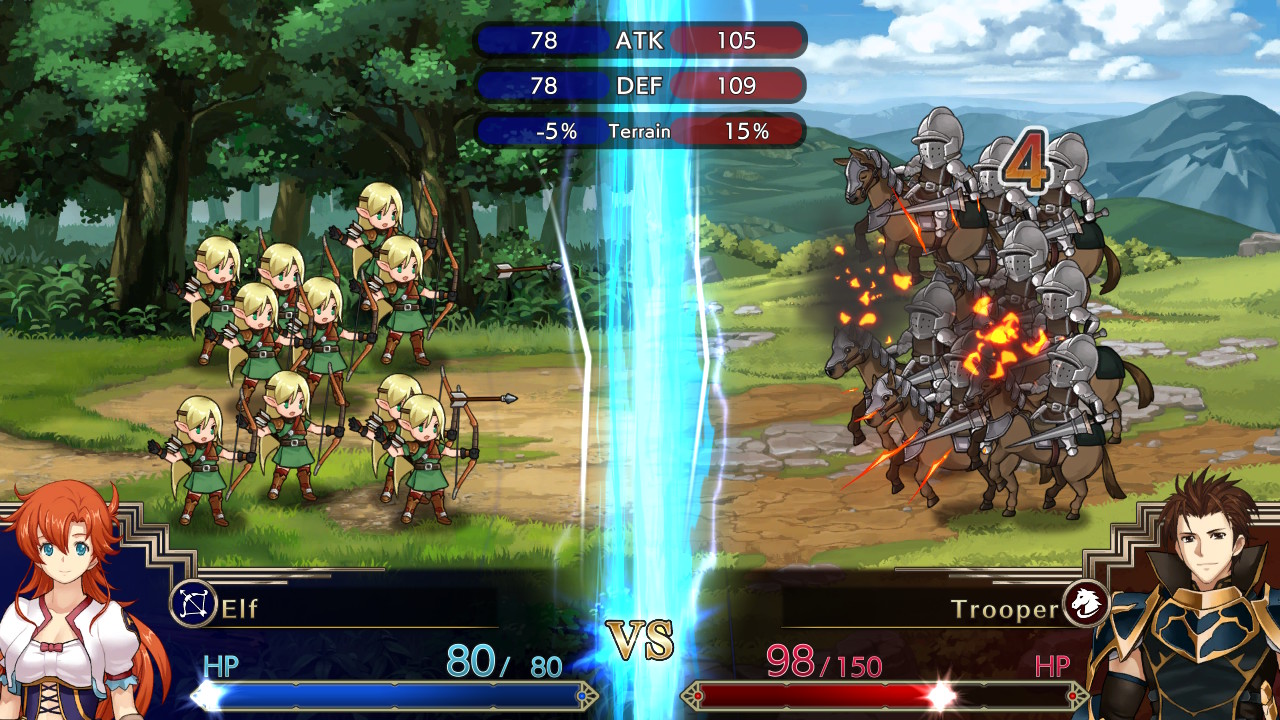
Certain types of units are powerful against others; for instance cavalry are strong against infantry, but spearmen are strong against cavalry. It’s kind of reminiscent of Fire Emblem’s weapon circle. When you select a unit to act, enemy units have an icon over them that shows you whether you are attacking at an advantage, disadvantage, or if you’re on even footing. The bad news is that you can’t access the game’s encyclopedia when you’re on the battle deployment screen. That means if you’re deploying a unit for the first time you may not realize you’re selecting the wrong unit for the scenario until it’s too late. Luckily there are only a few different troop types so it’s not that hard to learn the system.
All of these elements come together to create a generally very satisfying SRPG experience. Your enemies aren’t necessarily all that smart; they generally charge the weakest enemy they are able to target. Unfortunately, once you figure that out, the winning strategy can often boil down to keeping your mercenaries huddled around your general and whittling away at your enemies with your general’s magic. Luckily, there are several stages that require you to keep your units moving via varying objectives which keeps the game from ever getting too boring.
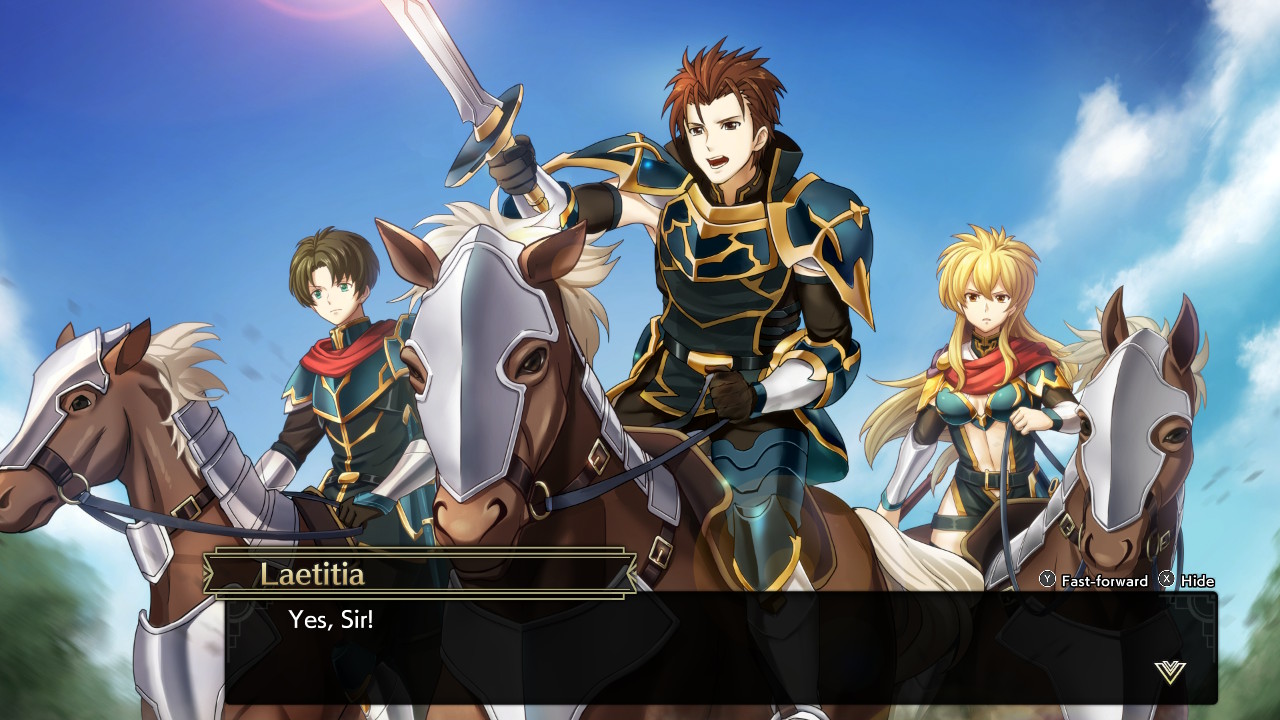
Originally, the Langrisser series featured character designs from popular artist Satoshi Urushihara (he’s a fantastic artist, but if you’ve never heard of him and decide hit up the Google know that you’re probably gonna see some very NSFW stuff). The remakes sort of ditch his designs in favor of brand spankin’ new character portraits in the game’s visual novel style cutscenes and character status screens. If you’re a big Urushihara fan – of if you just want to see what the original character designs look like – you can set the game to its classic character portraits in the options. You can also choose to change the battlefield maps to their original appearance, but the units always retain their remade sprites. Unfortunately, you have to do this from the game’s main menu screen; it can’t be done during or even between missions.
The remade graphics look like a high-end mobile release more than a modern console SRPG for my tastes – or maybe I’ve just been spoiled by Three Houses. Things still look pretty nice, all things considered, if a little simplistic. Your units kind of all look like the guy from Scribblenauts in medieval fantasy clothing. The remade backgrounds and maps are colorful and sharp, whereas the original maps look a little dated in comparison, or at least they do to someone who lacks any nostalgia for the original release.
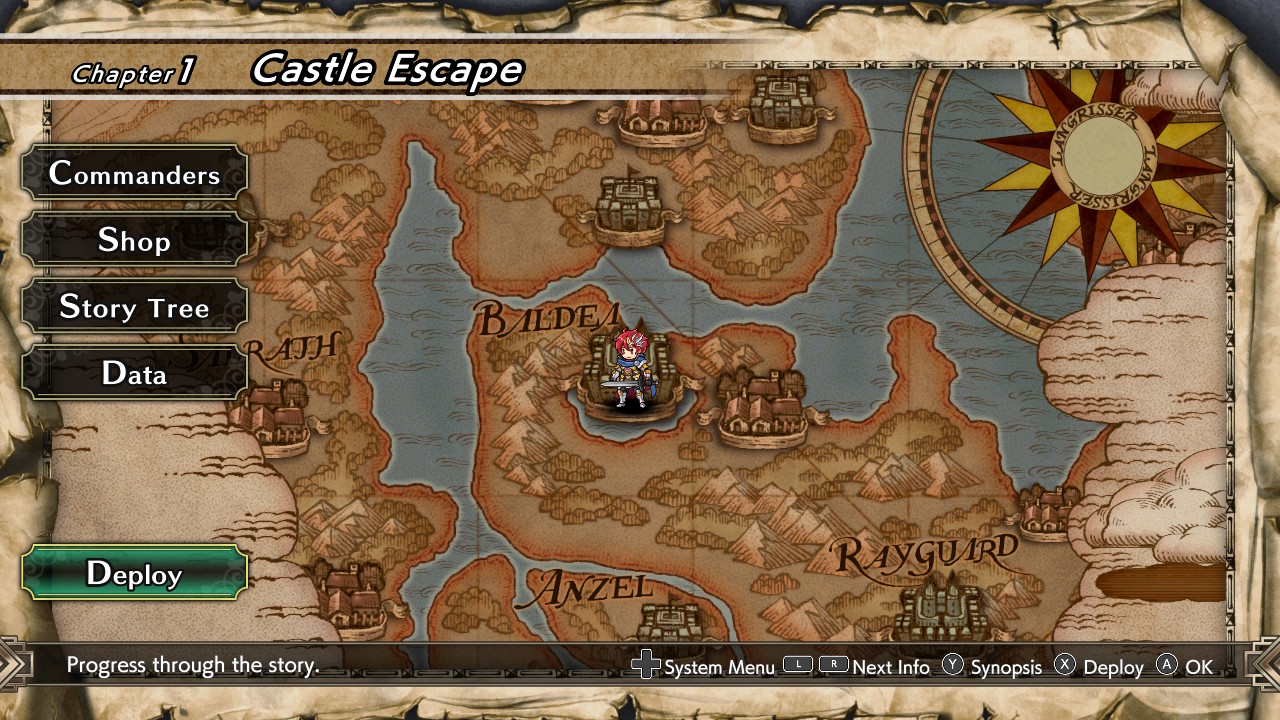
Altogether, while I’ve been spoiled by the ever-expanding list of activities available in the Fire Emblem series, Langrisser I and II provides a barebones turn-based tactical gameplay experience that still fully satisfies. Unit progression is evenly spaced, there is enough variety to the strategic elements to keep things interesting, and the graphics are sharp, clean, and attractive. Most importantly, you can use the Story Board instead of having to replay every single mission again if you want to experience the games’ branching storylines. Langrisser I and II is a perfect example of the right way to update a game without losing what made it special in the first place.





Buy Langrisser I and II
$49.99
Follow Extreme Co (All in Japanese – even the English version of the website)
Follow NIS America

*A game code was provided for review purposes.
[Review] Backpack Hero – Nintendo Switch

Developed By: Jaspel Published By: Different Tales Category: Role-Playing, Simulation…

